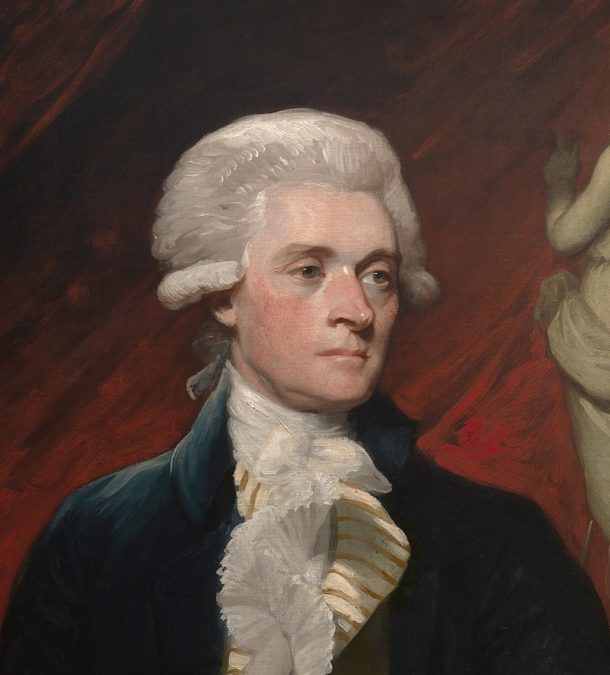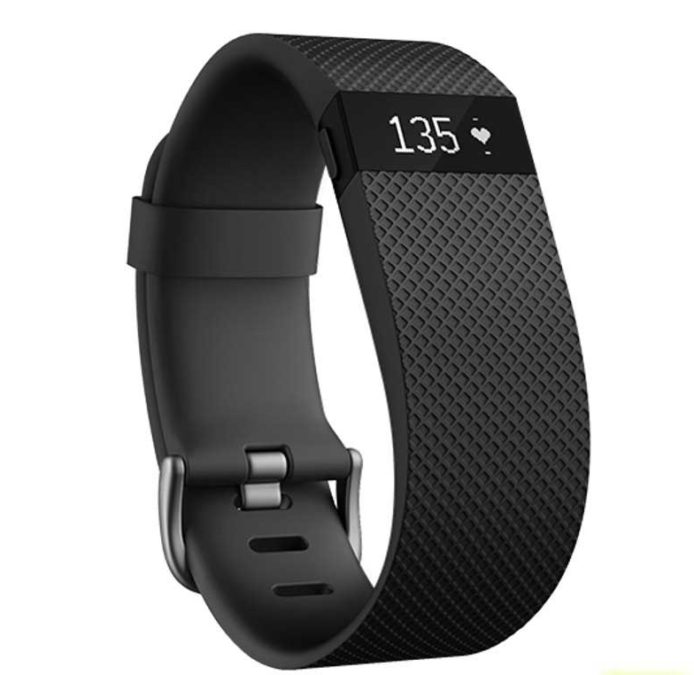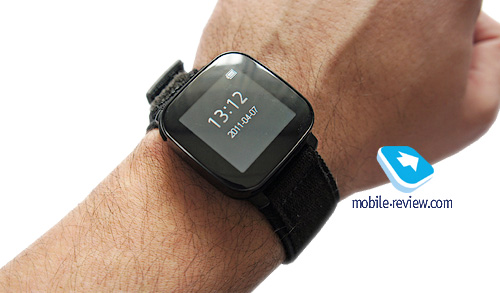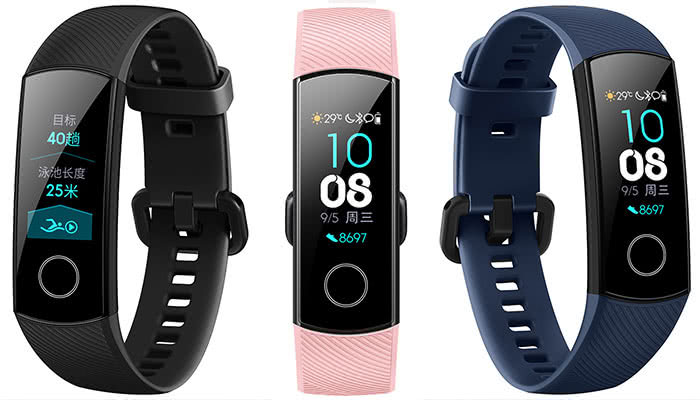Hello!
Remember the phrase 'crack nuts with a microscope'? In the context of using smartphones, such a phrase can most often be heard in the address of a person who buys an expensive smartphone of the latest model for himself, which has enormous capabilities and potential, and uses it for calls and sending messages, okay, even for Instagram.

Although, if you think about it, it will become clear that everything is in order with these people, our perception of the product has simply changed, and the functions that until recently were basic have faded into the background, giving way to new types of communications. We spent much more time in the digital world, texting, exchanging emoticons and stickers, and practically stopped talking on the phone. Yes, this is not true for everyone, and there are those who continue to talk a lot, but they are becoming less and less. But today is not about that.
I caught myself thinking that today another such gadget, in which the main functionality has been supplanted by the secondary one, is a fitness bracelet.
A bit of history
The first device that can be called a fitness bracelet, or rather, forgive me for such a wording, a fitness belt, was a pedometer. And he appeared, you will not guess, in 1525. Its author was the French mathematician Jean Fernel.

The pedometer was a mechanical device with gears and a lever. The device itself was prescribed to be attached to the side of the belt, and the lever to the opposite leg. When walking, the leg pulled a lever that activated a system of gears that recorded the steps taken.
In addition to the mathematician, the American president, Thomas Jefferson, who is credited with the primacy in the creation of the pedometer, also noted in the field of creating pedometers. A dubious fact, given that different sources say both the creation and the letter in which he simply asks to buy such a device in France.

But not the point, whoever invented the pedometer – the forerunner of today's fitness bracelets, he did it with the thought of counting steps.
Along with the development of technology, the accuracy increased, the dimensions of such devices decreased, and then mechanics completely gave way to electronics. After that, wearable devices experienced their rebirth, and universal gadgets were born, which, in addition to measuring the number of steps, learned to record the distance traveled, calculate the calories burned, and do a lot of necessary and not so much actions.
Development
In the early days of the sports device market (and they are still considered sports devices), the trendsetters were the likes of Fitbit and Polar. It was they who were considered trendsetters and those who should be equal to companies wishing to start the development and production of gadgets for sports.

Such giants as Sony, then together with Ericsson, with their LiveView, which today you can watch with a smile, tried their hand in this field.

Or Motorola, which created unusual devices, both in design and in functionality. Remember at least smart watches Motorola Motoactv, which had an interesting design and advanced functionality, but did not become popular.

And then it happened Xiaomi with their MiBand, and everything went somersault, or rather, for (Xiaomi everything turned out to be just very good, but the former authorities of this direction were doing worse and worse .
Changes
In addition to the massive distribution of fitness bracelets, the appearance of MiBand also led to the blurring of the line between a specialized wearable device for sports and a smart assistant for every day, the role of which was taken over by a tiny capsule from a Chinese company.

Perhaps just then, in addition to the self-evident functionality of counting steps and measuring the heart rate, a notification about events on the phone appears in the list of mandatory functions for such devices.
Of course, other devices that appeared much earlier than MiBand were able to notify about events on a smartphone, but it was this small capsule that made these notifications almost an obligatory and most desirable function, putting them on a par with sports functionality.

Gradually, fitness bracelets from highly specialized sports devices turned into a universal companion, acquiring the capabilities of smartphones. What are the multi-line touch displays, on which it became convenient to read notifications, and even respond to them, control music, find out the weather forecast, etc.

Here I am, using wearable electronics for a long time, starting with Sony Ericsson LiveView, and then Motorola Motoactv, which already then had almost everything, including a built-in hardware GPS receiver, Bluetooth, Wi Fi, gradually came to the conclusion that the main function for which I use such devices is the duplication of event notifications from a smartphone.
Counting steps, calories, distance traveled, as well as all kinds of tricky training regimes for me were in second or even third place. I cannot call myself an unsportsmanlike person, rather the opposite, but taking into account the distance traveled for me is some accompanying information, which I pay attention to insofar as. But the opportunity not to miss an important call or message, and to respond in time to another event in any, even the most noisy, or vice versa, an environment obliging to silence has become the main value.

The third convenient and important function that has appeared relatively recently is the ability to pay for purchases with a smart watch. There is a feeling that soon all watches, bracelets, bezels, etc. will acquire the contactless payment function, and it will become widespread for this segment of devices. But the fitness functionality, which was once the main one, and, in principle, became the reason for the appearance of this class of devices, so that marketers would not sing to us, will finally go to the second rows and will only be an addition to the rest of the possibilities. Why waste time on trifles, I generally believe that sooner or later smartphones will first move to the hand, and then to the inside of a person, but this has already carried me away.
Afterword
A survey among my friends who use smart watches and fitness bracelets showed that I am far from alone with my scenario for using such gadgets – most noted that fitness functionality is secondary, putting event notifications and an alarm clock in the first place.
This is how, gradually, having become widespread, wearable devices, created to track physical activity, are turning into universal combines, in which sport fades into the background.
Tell us in the comments how important the sports component of such devices is for you, and do you use the sports functions of your fitness gadgets, if you have them?
